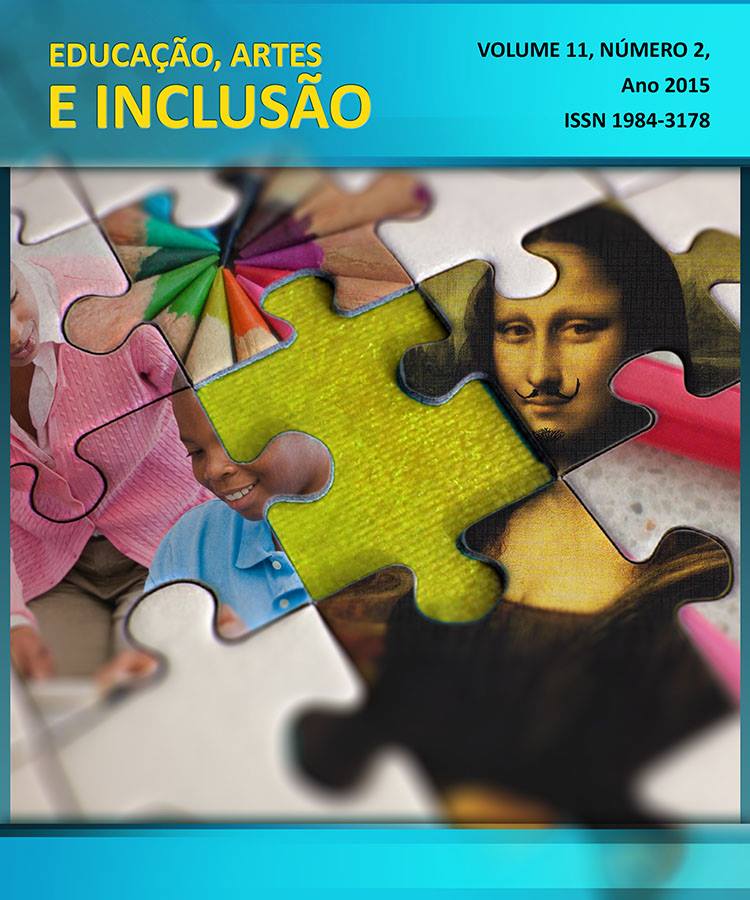FAVOR (NÃO) ENTRAR! IMPEDIMENTOS NO ACESSO AOS MUSEUS
DOI:
https://doi.org/10.5965/198431781122015048Palavras-chave:
instituições culturais, visitantes, acessibilidade, educaçãoResumo
O que motiva as pessoas a frequentarem instituições culturais? E, em contrapartida, o que desmotiva o acesso de potenciais visitantes aos museus? Neste texto busca-se identificar aspectos que impelem e impedem a formação dos públicos, detendo-se em cinco barreiras para a acessibilidade. Dentre as problemáticas citadas estão: a imponência dos edifícios; a cobrança de bilhetes com valores altos; as dificuldades do acesso físico; a falta de identificação dos museus como espaço de lazer; e os discursos curatoriais institucionalizados. Cada uma destas questões é discutida ao longo do texto, buscando em experiências práticas de Museus possibilidades de transposição das dificuldades à acessibilidade. Ao final, problematiza-se o exercício educativo realizado com os públicos, buscando compreender se a recepção e o trabalho dialogado conseguem diminuir este distanciamento entre visitantes e instituições culturais.Downloads
Downloads
Publicado
Como Citar
Edição
Seção
Licença
A Revista Educação Artes e Inclusão é um periódico que segue a Política de Acesso Livre. Os artigos publicados pela revista são de uso gratuito, destinados a aplicações educacionais e não comerciais. Os artigos cujos autores são identificados representam a expressão do ponto de vista de seus autores e não a posição oficial da Revista Educação, Artes e Inclusão [REAI].
Autores que publicam nesta revista concordam com os seguintes termos:
(a) Autores mantém os direitos autorais e concedem à revista o direito de primeira publicação, com o trabalho simultaneamente licenciado sob a Licença Creative Commons Attribution que permite o compartilhamento do trabalho com reconhecimento da autoria e publicação inicial nesta revista.
(b) Autores têm autorização para assumir contratos adicionais separadamente, para distribuição não-exclusiva da versão do trabalho publicada nesta revista (ex.: publicar em repositório institucional ou como capítulo de livro), com reconhecimento de autoria e publicação inicial nesta revista.
(c) Esta revista proporciona acesso público a todo o seu conteúdo, uma vez que isso permite uma maior visibilidade e alcance dos artigos e resenhas publicados. Para maiores informações sobre esta abordagem, visite Public Knowledge Project.
Esta revista está licenciada com uma Licença Creative Commons Atribuição-NãoComercial 4.0 Internacional. Esta licença permite que outros remixem, adaptem e criem a partir do seu trabalho para fins não comerciais, e embora os novos trabalhos tenham de lhe atribuir o devido crédito e não possam ser usados para fins comerciais, os usuários não têm de licenciar esses trabalhos derivados sob os mesmos termos.





